From April to September, we count butterflies in Stoke Park.
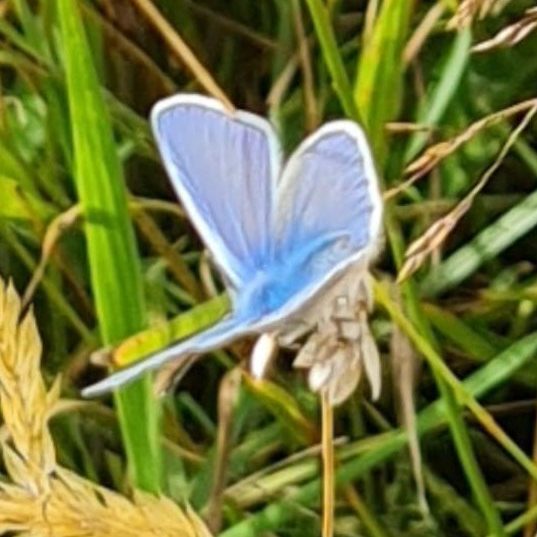
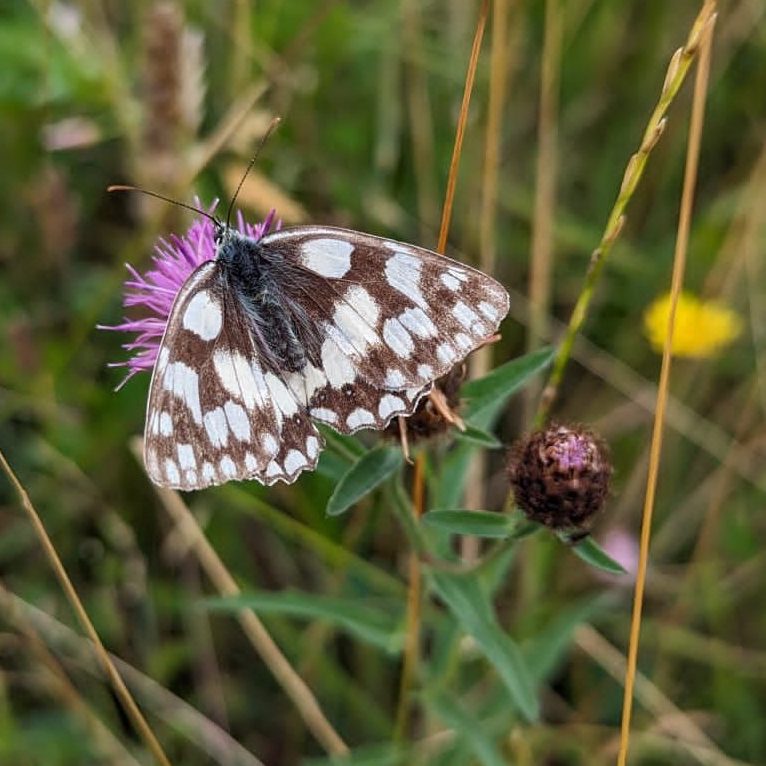
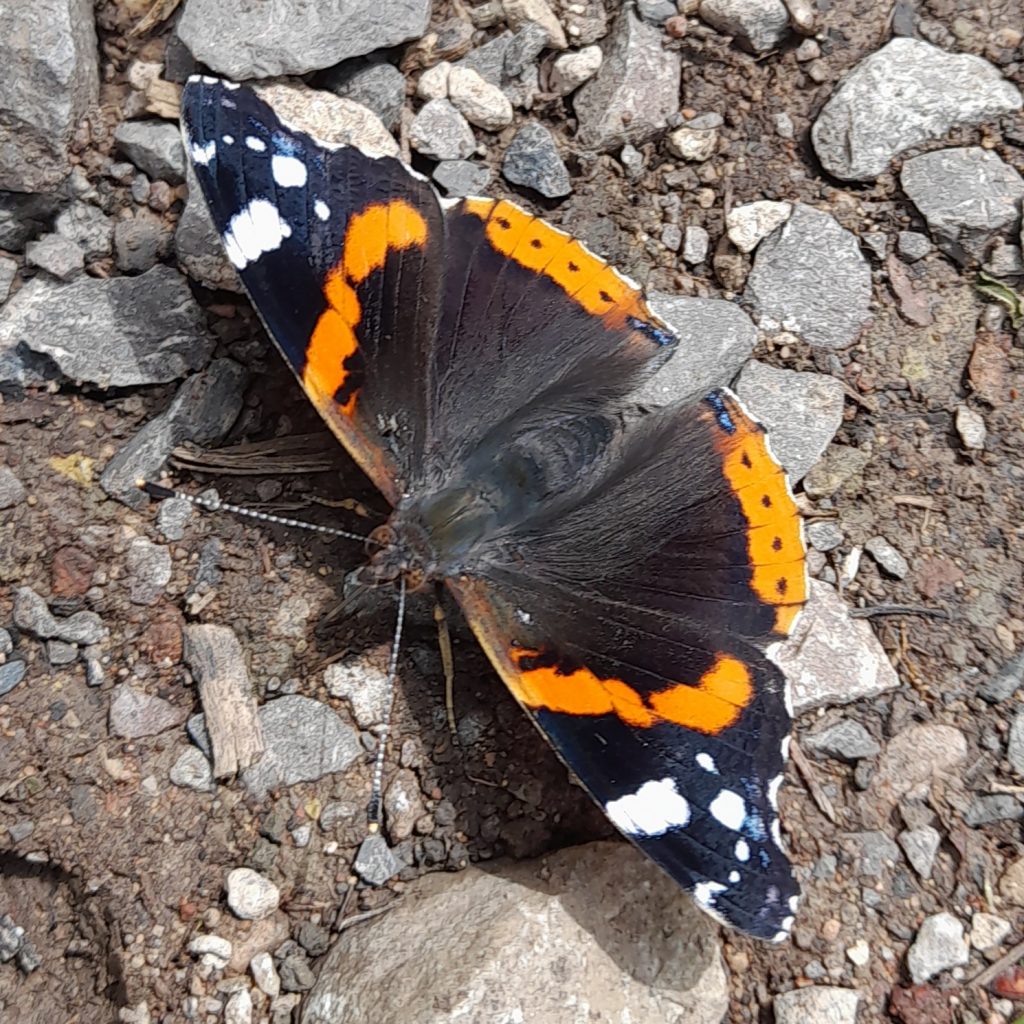
We do this by walking a transect – a set route through Stoke Park – every week. We follow a methodology called a Pollard walk. This helps us gather the best quality data on butterfly numbers.
The information we record is submitted to a national butterfly monitoring scheme.
I started doing the count late last year when I could barely tell one butterfly from another. Now I can recognise at least 15 species without having to think too hard about it. Although I do struggle with the whites. They don’t sit still, and it’s very hard to see the characteristic markings as they flit past you at speed.
It’s not just me when it comes to identifying whites. This is what the Butterfly Conservation guide to identifying white butterflies says:
“…although most Large White individuals are bigger than Small Whites, they can occasionally be smaller. Black/grey spots on the wings are also not very helpful, as these vary between males and females as well as between species.”
So a Large White can be smaller than a Small White, and any of them can have any spots or no spots. Helpful!
If you are in Stoke Park in the middle of the day and you see someone stalking through the grass seemingly talking to themselves, that may well be me following a white butterfly and asking it, “Are you a large or a small white?”. As yet none of them have answered, but I live in hope!
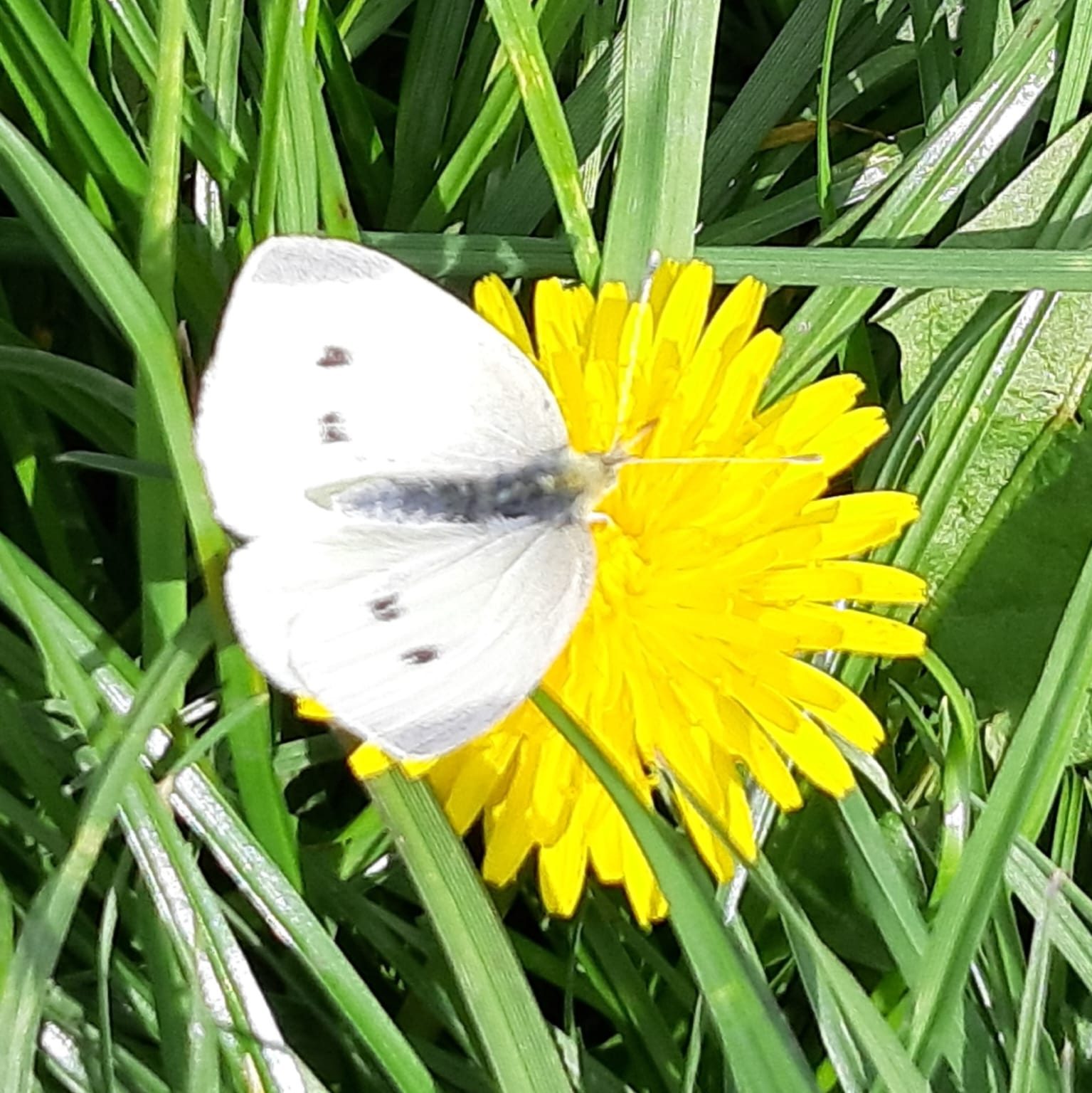
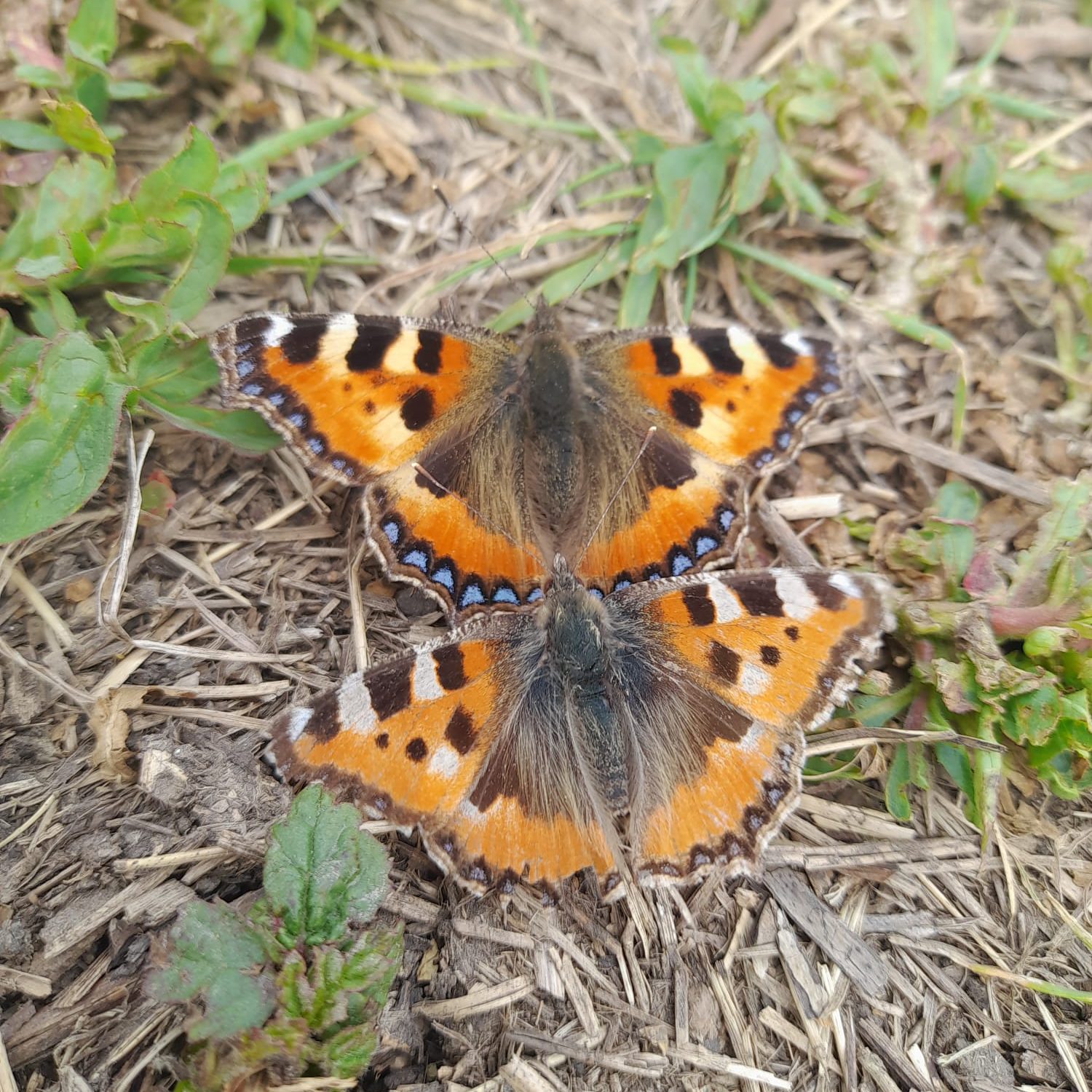
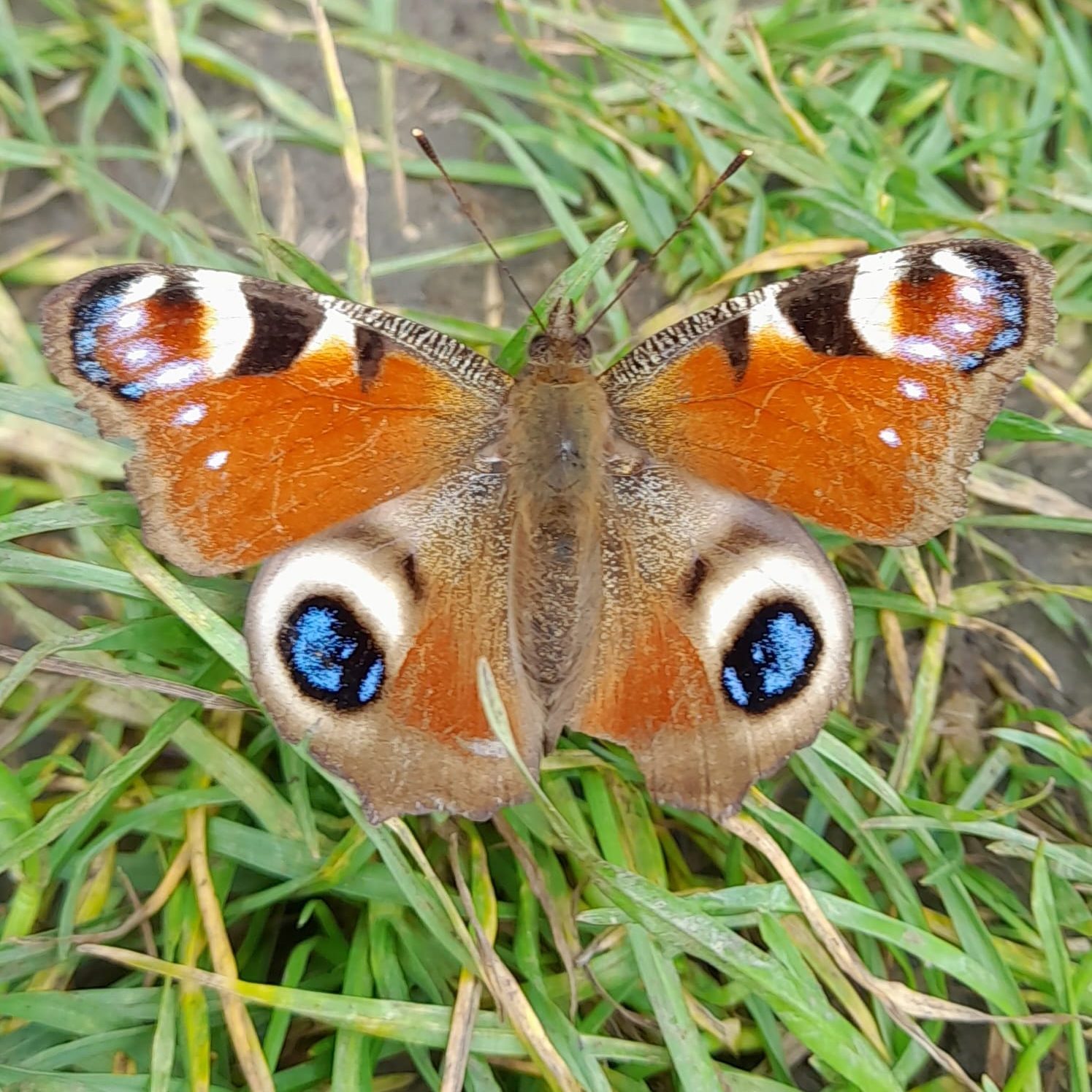
As for reliably identifying a Common Blue… Well. The Holly Blue and the Common Blue are similar in size. The female Common Blue is quite brown. The Brown Argus is predominantly brown but has a blue tinge to its body. And the Marbled White can look blue in flight.
It’s a good thing I like a challenge.
I find the count to be really good fun. It’s like a treasure hunt. And over the years we will be able to see the effects of our work in Stoke Park on the butterfly population.
I have found since doing the count that I notice more wildlife in Stoke Park than I ever have before. A notable sighting on one of the walks, that I unfortunately don’t have photographic evidence of, is one of our resident weasels. Other sightings include moths, damselflies, and a shrew.
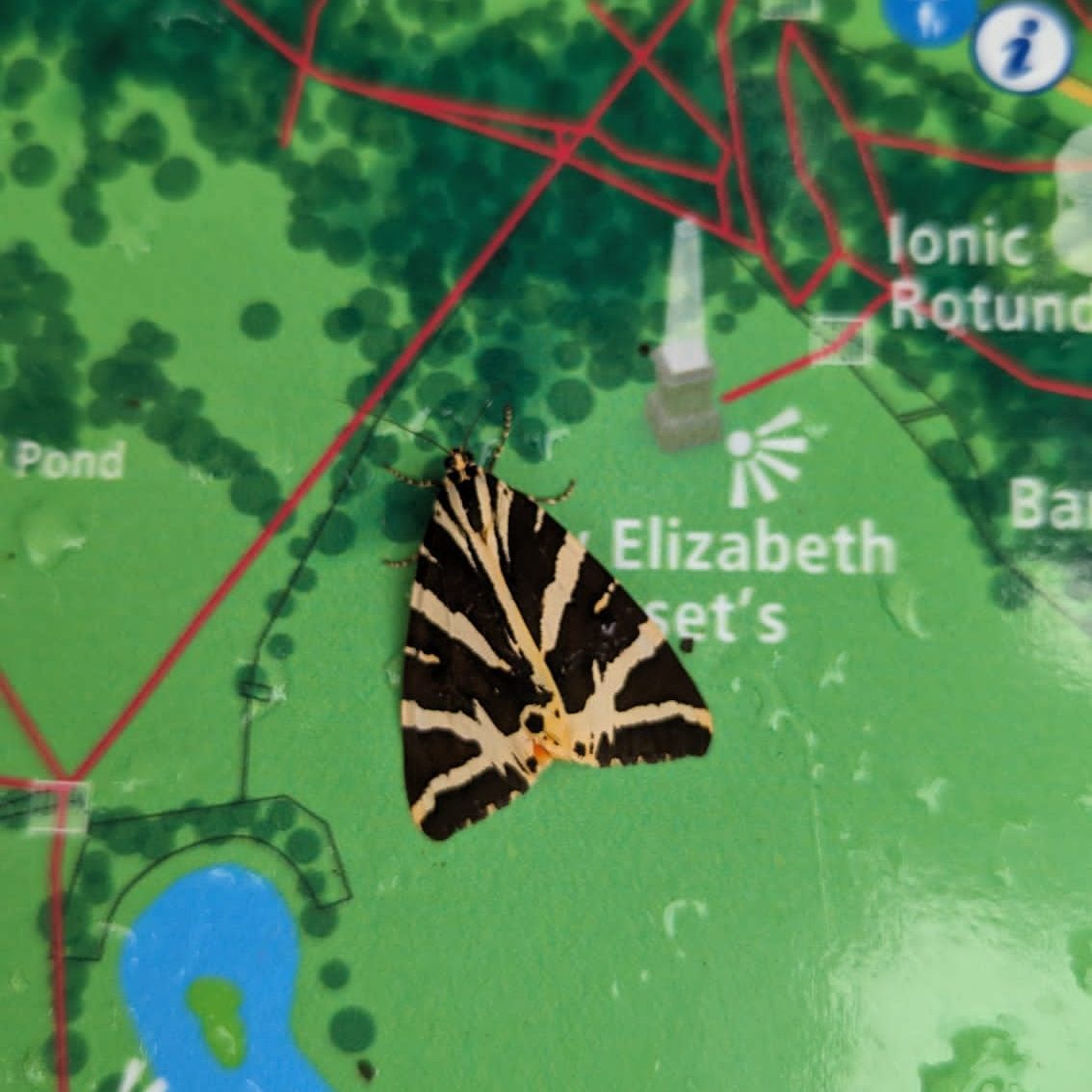
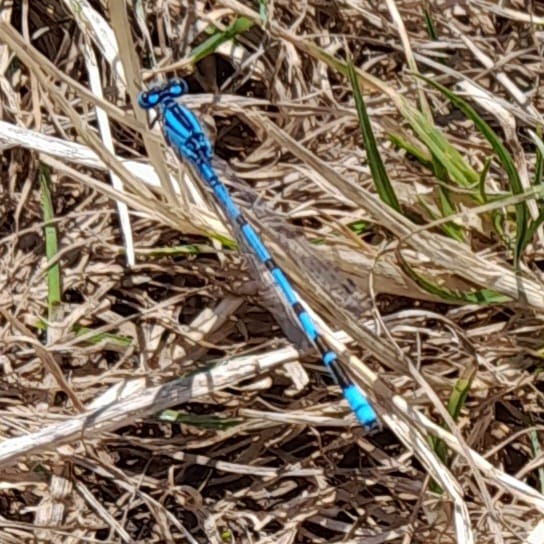
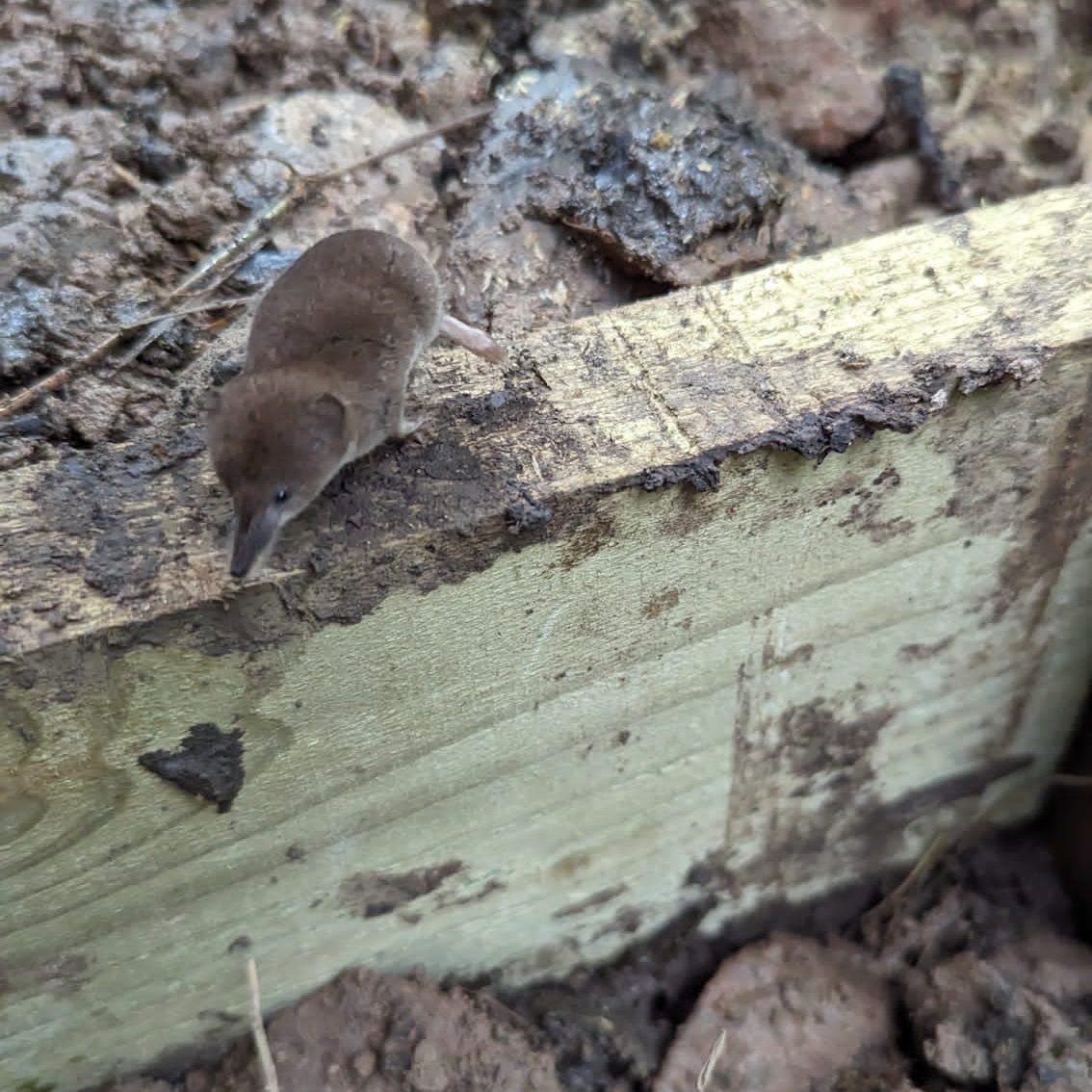
It’s one of the few tasks we do that can only be done in good weather. We’d love more people to help with the count. If you fancy a stroll around Stoke Park on a nice sunny day, please sign up to volunteer. You will be doing a really important piece of work that contributes both to Stoke Park and to national butterfly research projects.
All of the above photos were taken in Stoke Park by members of the Stoke Park Community Group.
The Butterfly Conservation website has a really good butterfly identification guide.
We also use the Field Studies Council’s Butterflies Guide to help identify butterflies on our walks.